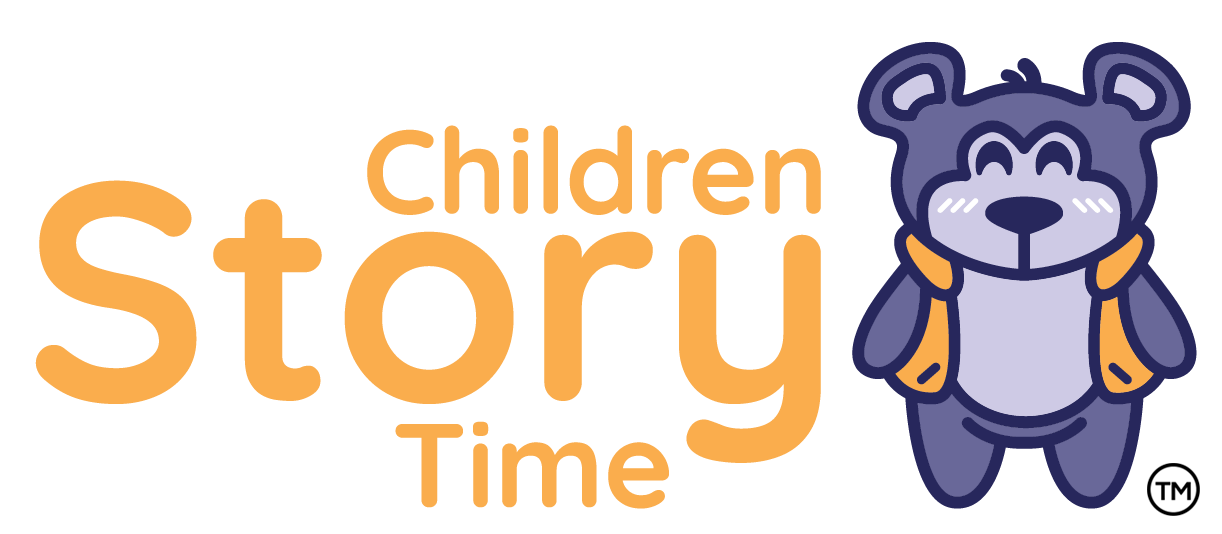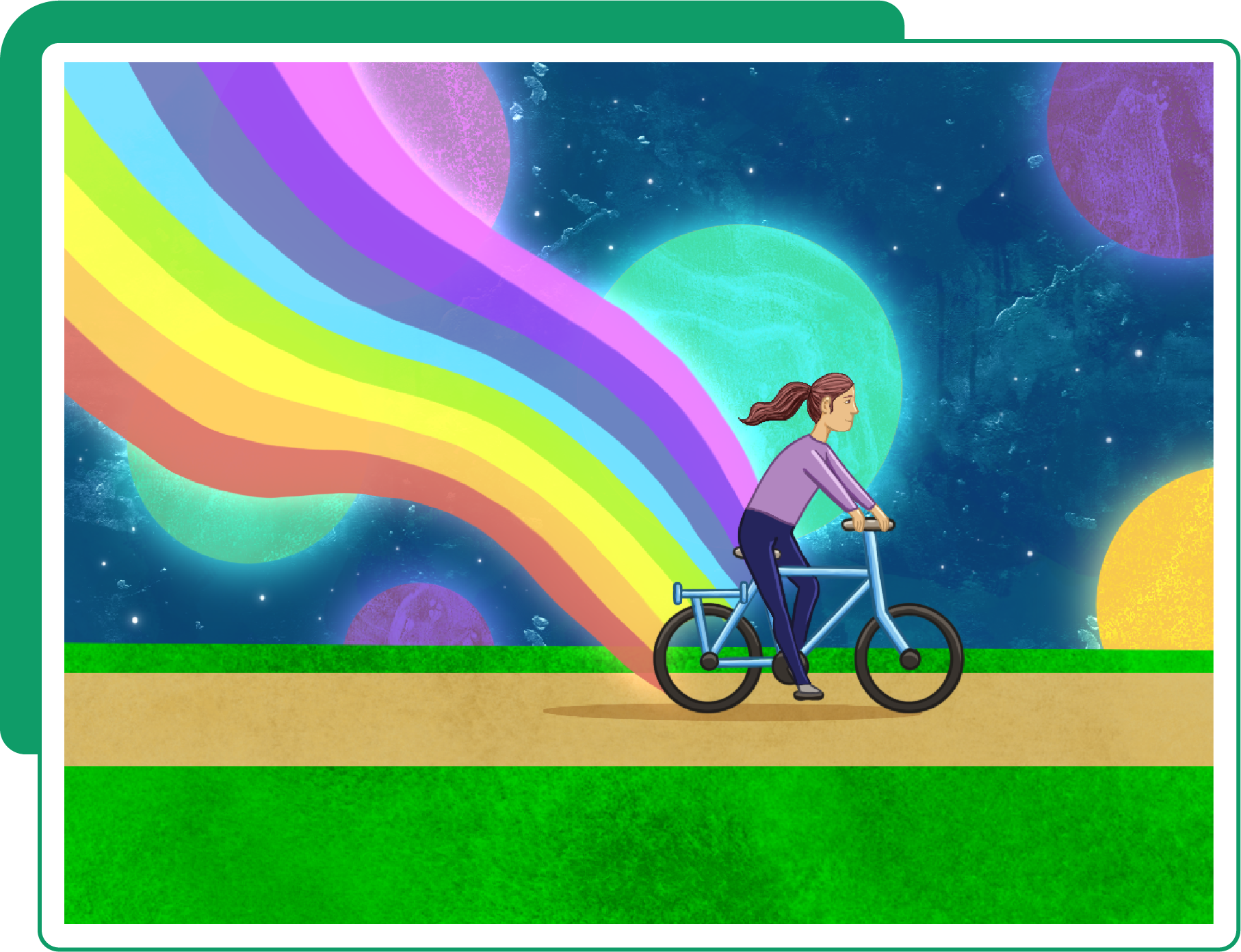
Introduction
Section 1: Cultivating Physical Health
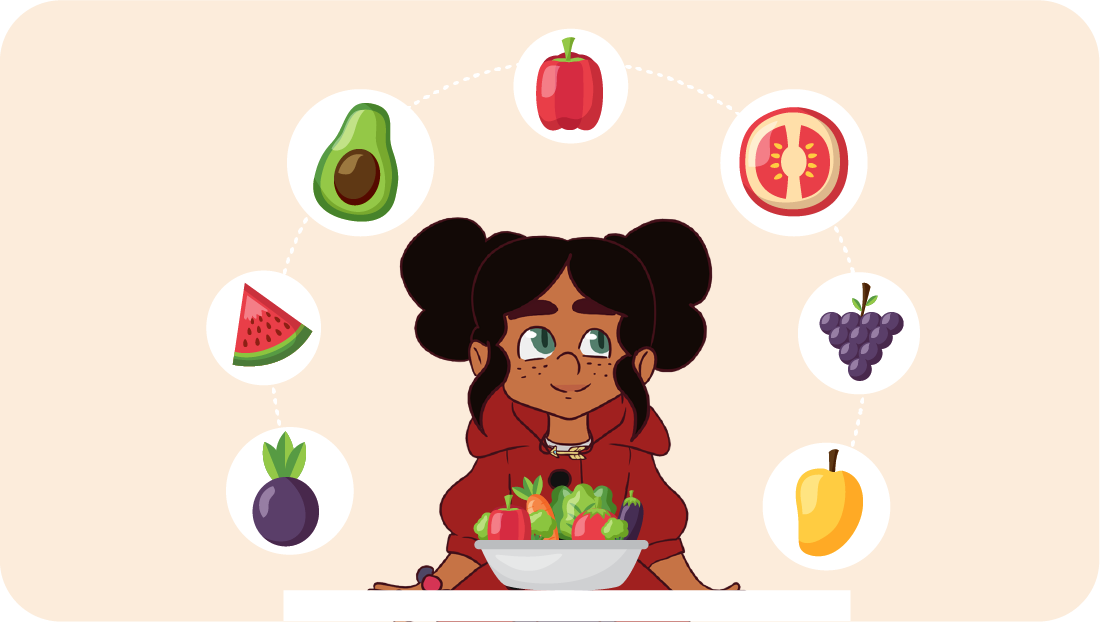
Understanding Nutritional Needs
Parents, teachers, and mommy bloggers play vital roles in shaping a child's nutritional habits. A well-balanced diet, comprising fruits, vegetables, whole grains, and lean proteins, provides the essential nutrients crucial for growth and overall health. Collaborative efforts can include sharing nutritious recipes, meal planning ideas, and resources on the significance of each food group.

Instilling a Love for Healthy Foods
Parents are the primary influencers in a child's attitude towards food. By making healthy eating enjoyable, involving children in meal preparation, and exploring creative ways to present nutritious options, parents can instill a positive relationship with food. Teachers and mommy bloggers can extend this influence by sharing engaging activities and classroom initiatives that promote a love for healthy eating.
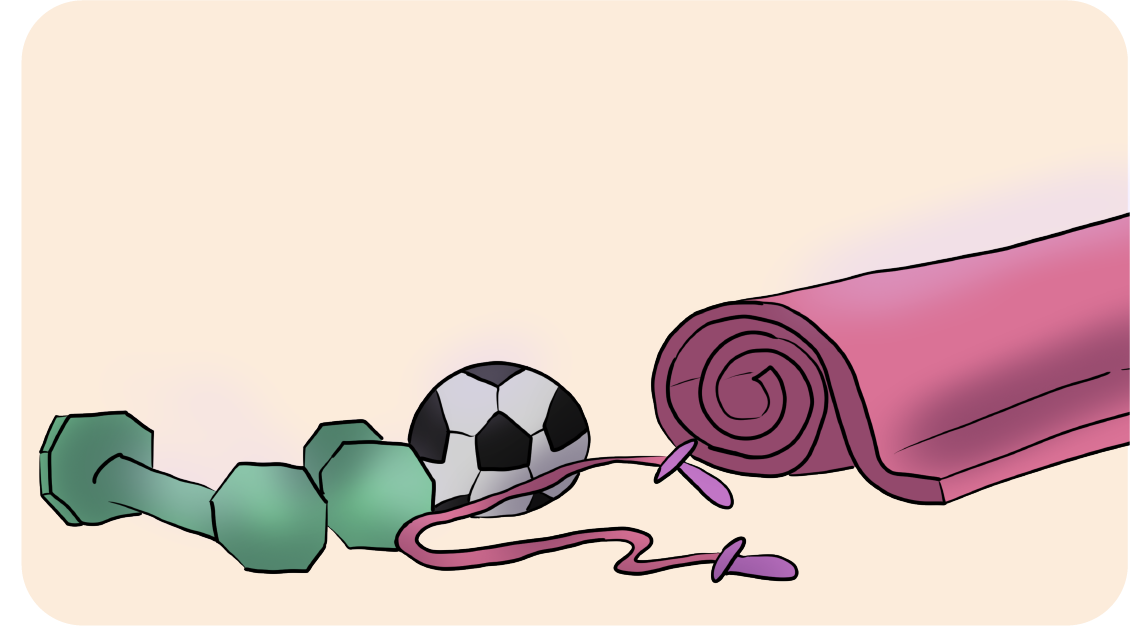
Promoting Physical Activity
Physical exercise is not only beneficial for preventing childhood obesity but also for cognitive development. Parents, teachers, and mommy bloggers can collaborate to encourage regular physical activity through outdoor play, sports, and fitness-oriented games. Sharing age-appropriate exercise routines and fun activities can make fitness an enjoyable part of a child's routine.
Section 2: Nurturing Mental and Emotional Resilience
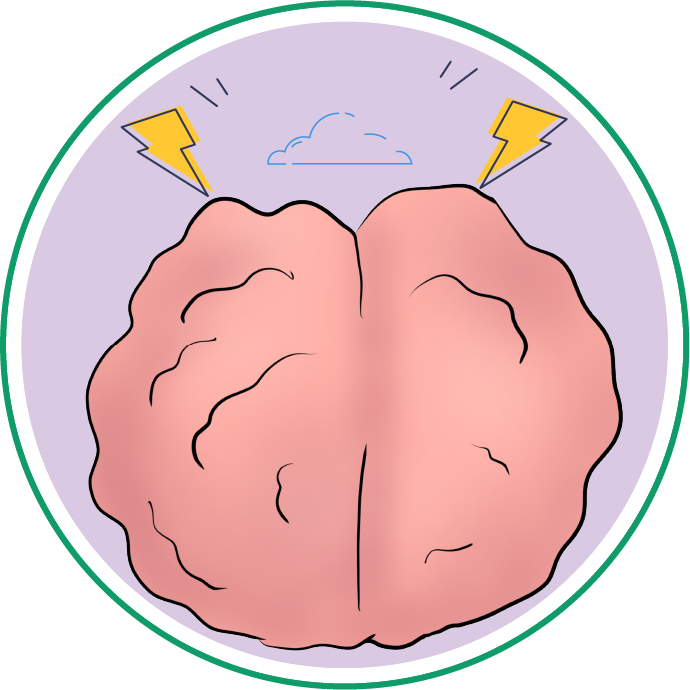
Recognizing Signs of Stress and Anxiety
Teaching Coping Mechanisms
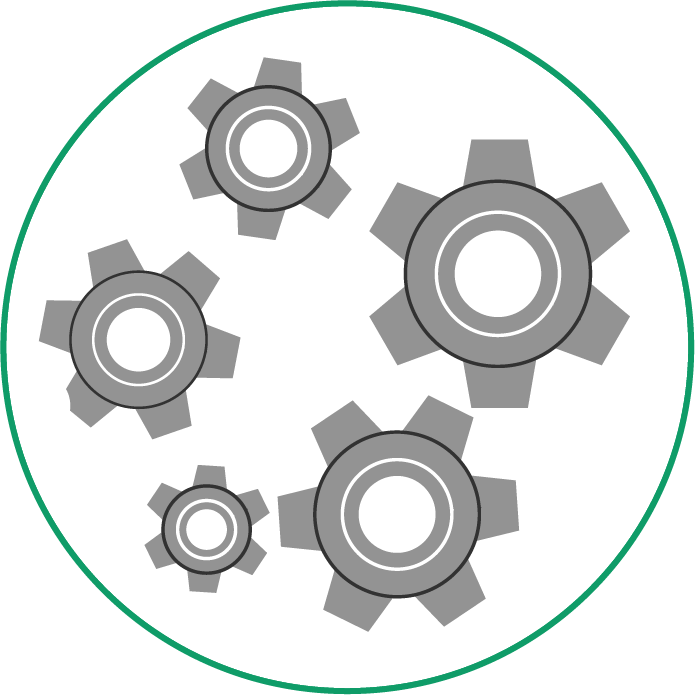
Section 3: Digital Well-being in the Modern Age

Setting Healthy Screen Time Boundaries
Promoting Positive Online Behavior

Section 4: Developing Emotional Intelligence

Understanding Emotional Intelligence
Practical Strategies for Emotional Intelligence
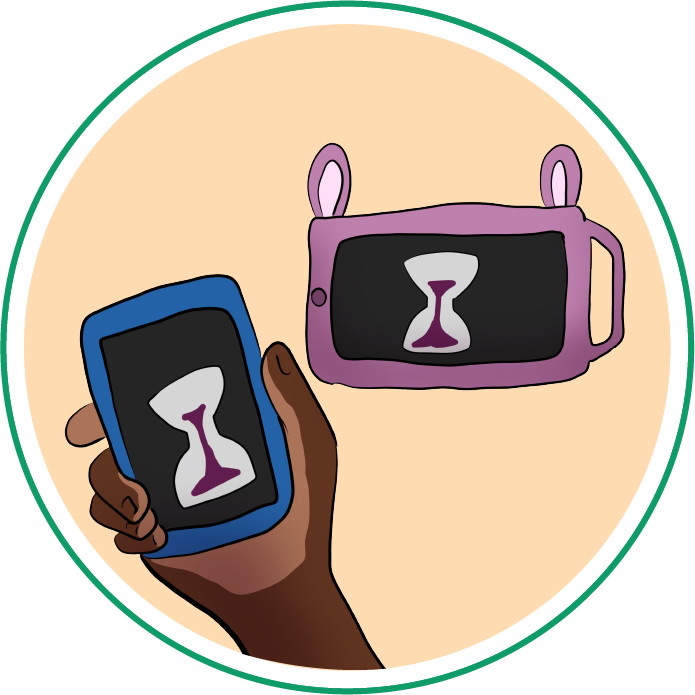
Section 5: Creating Healthy Learning Environments

Promoting Nutritious Habits at School
Balancing Physical Activity and Academic Success
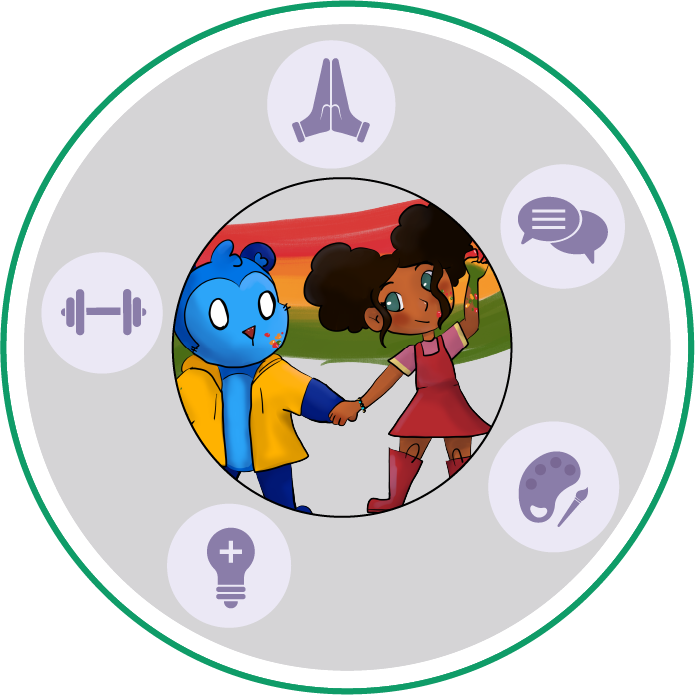
Conclusion

